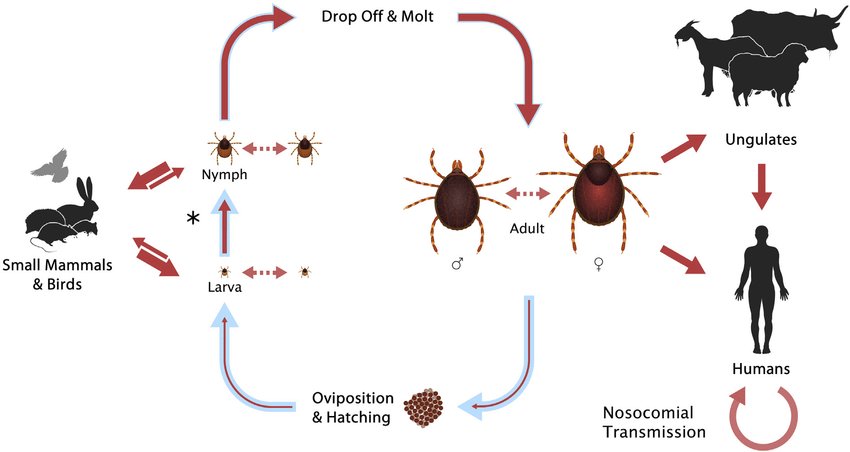10 cases of Crimean-Congo haemorrhagic fever reported in Iran

TEHRAN — Ten cases of Crimean-Congo haemorrhagic fever have been reported since the beginning of the current Iranian calendar year (March 21), director of the Health Ministry’s communicable diseases control department has said.
“Out of the 10 reported cases unfortunately one has passed away,” ISNA news agency quoted Mohammad Mehdi Gouya as saying on Tuesday.
The disease outbreak normally occur in spring and it becomes more severe with the beginning of the livestock breeding season, Gouya said, adding that every year some 100 to 150 cases of Crimean-Congo haemorrhagic fever are reported in Iran.
The family members and healthcare providers are trained to avoid catching the virus, he concluded.
Crimean-Congo haemorrhagic fever
According to World Health Organization (WHO) the Crimean-Congo haemorrhagic fever (CCHF) is a widespread disease caused by a tick-borne virus.
CCHF is endemic in Africa, the Balkans, the Middle East and Asia, in countries south of the 50th parallel north. The CCHF virus causes severe viral haemorrhagic fever outbreaks, with a case fatality rate of 10–40%. There is no vaccine available for either people or animals.
The hosts of the CCHF virus include a wide range of wild and domestic animals such as cattle, sheep and goats. The CCHF virus is transmitted to people either by tick bites or through contact with infected animal blood or tissues during and immediately after slaughter. The majority of cases have occurred in people involved in the livestock industry, such as agricultural workers, slaughterhouse workers and veterinarians.
Human-to-human transmission can occur resulting from close contact with the blood, secretions, organs or other bodily fluids of infected persons. Hospital-acquired infections can also occur due to improper sterilization of medical equipment, reuse of needles and contamination of medical supplies.
Diagnosis and treatment
Onset of symptoms is sudden, with fever, myalgia, (muscle ache), dizziness, neck pain and stiffness, backache, headache, sore eyes and photophobia (sensitivity to light). There may also be nausea, vomiting, diarrhea, abdominal pain and sore throat early on, followed by sharp mood swings and confusion. After two to four days, the agitation may be replaced by sleepiness, depression and lassitude, and the abdominal pain may localize to the upper right quadrant, with detectable hepatomegaly (liver enlargement).
General supportive care with treatment of symptoms is the main approach to managing CCHF in people. Additionally, the antiviral drug ribavirin has been used to treat CCHF infection with apparent benefit.
Death normally occur in the second week of illness. In patients who recover, improvement generally begins on the ninth or tenth day after the onset of illness.
Reducing the risks of infection in people
In the absence of a vaccine, the only way to reduce infection in people is by raising awareness of the risk factors and educating people about the measures they should take to reduce exposure to the virus, including ear protective clothing (long sleeves, long trousers); use approved repellent on the skin and clothing; avoid areas where ticks are abundant and seasons when they are most active; wear gloves and other protective clothing while handling animals or their tissues in endemic areas, notably during slaughtering, butchering and culling procedures in slaughterhouses or at home; avoid close physical contact with CCHF-infected people, and wear gloves and protective equipment when taking care of ill people.
MQ/MG

Leave a Comment